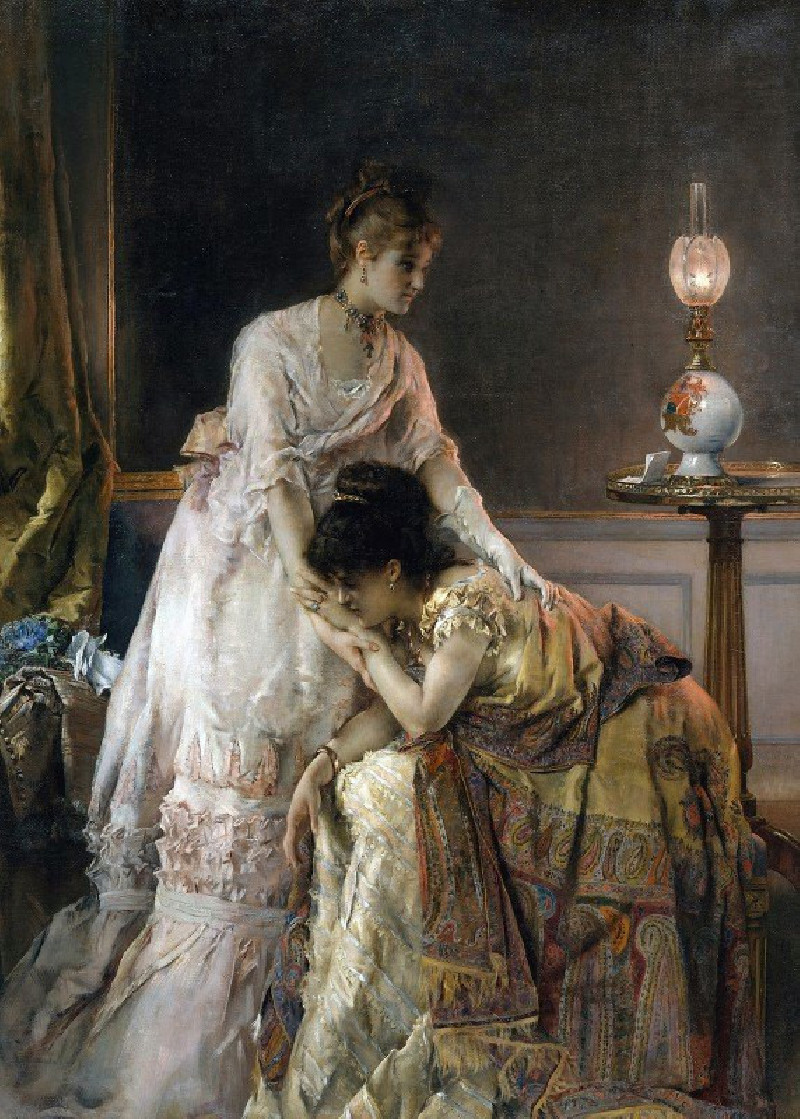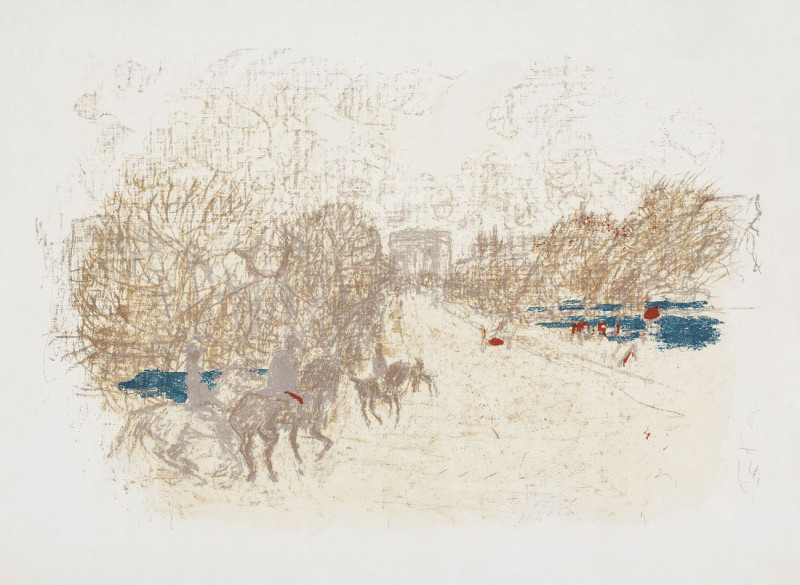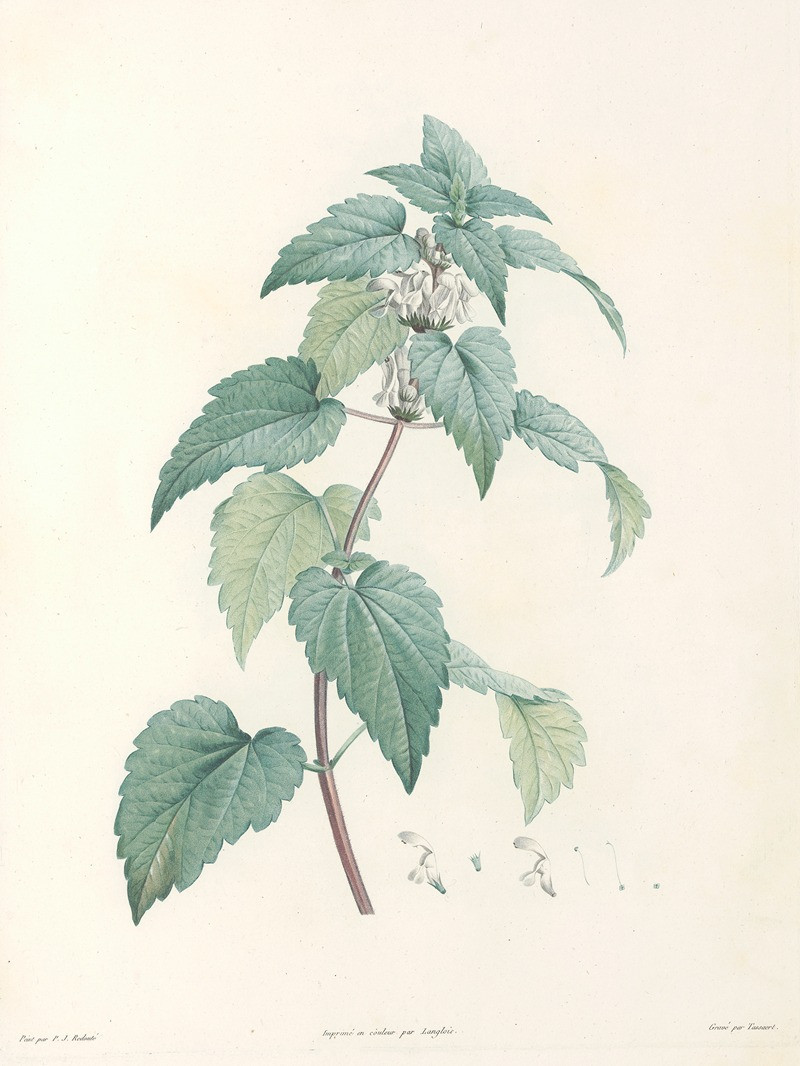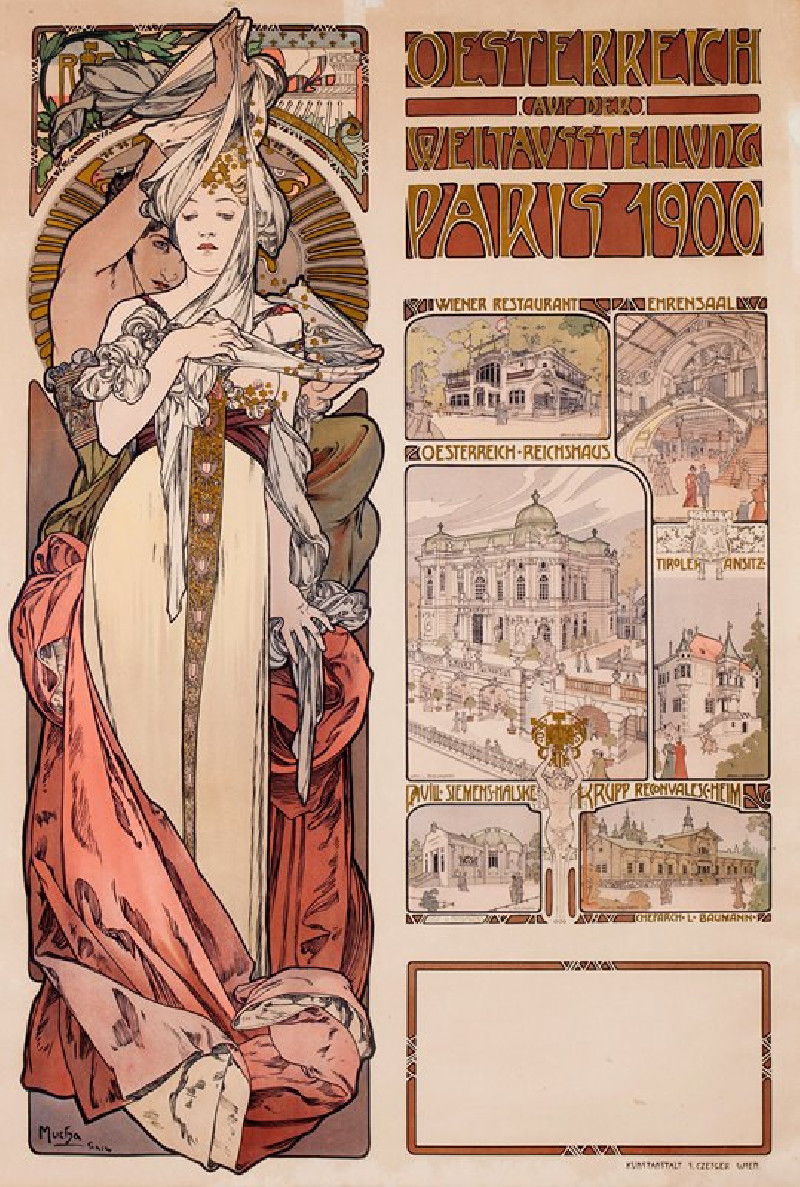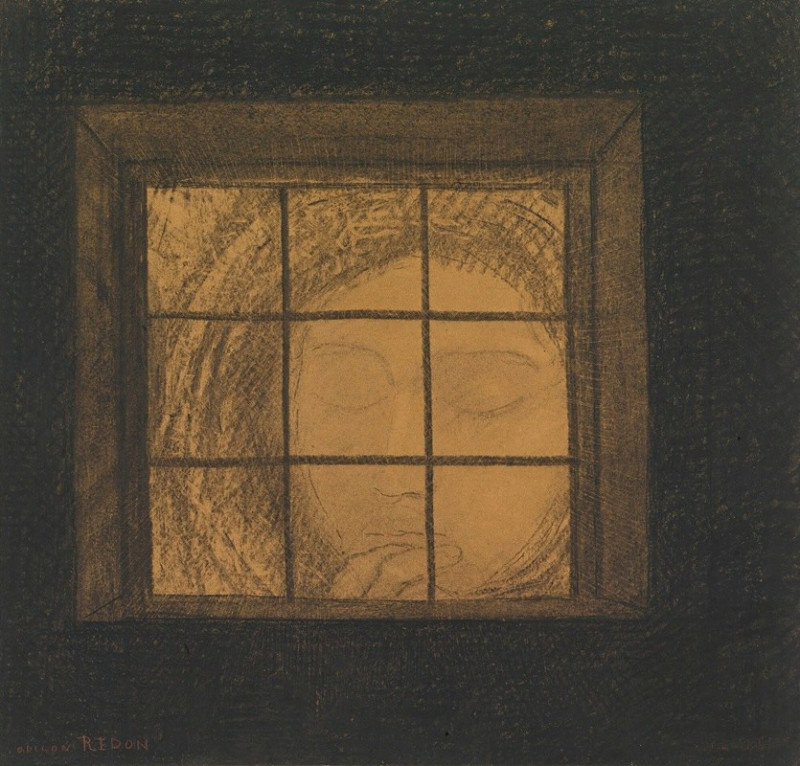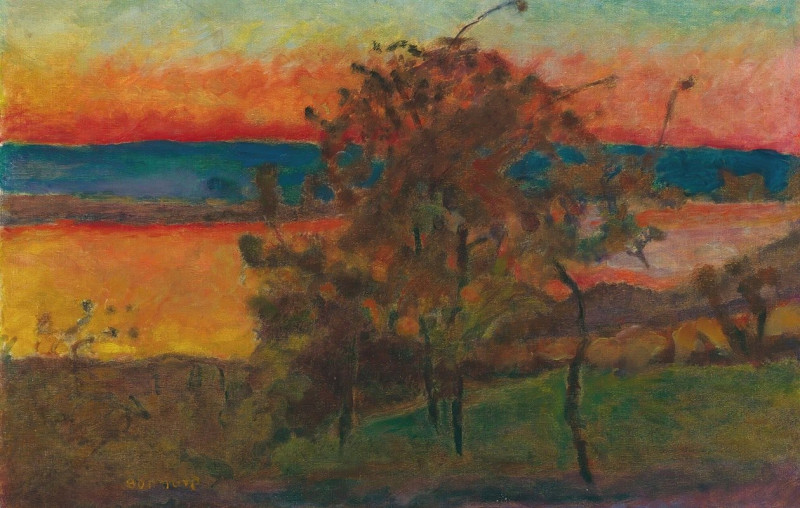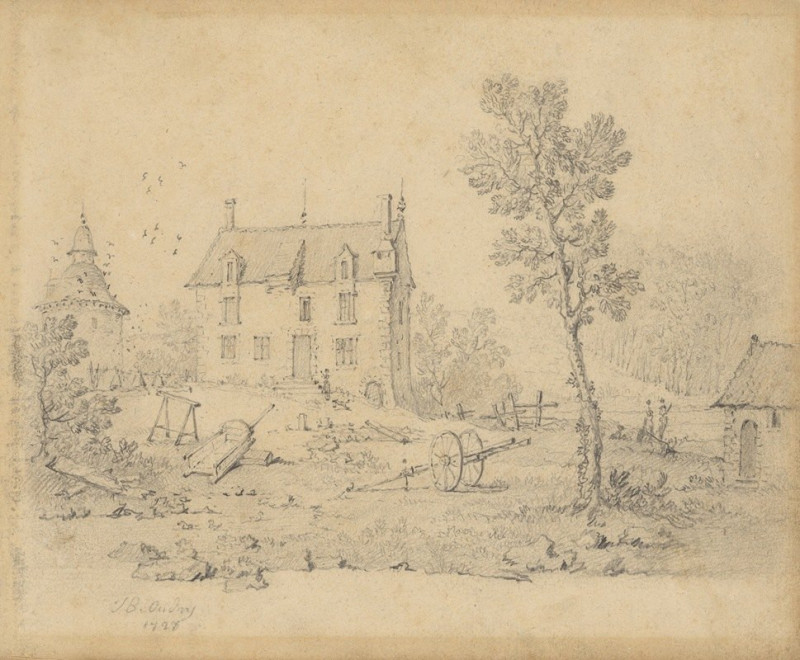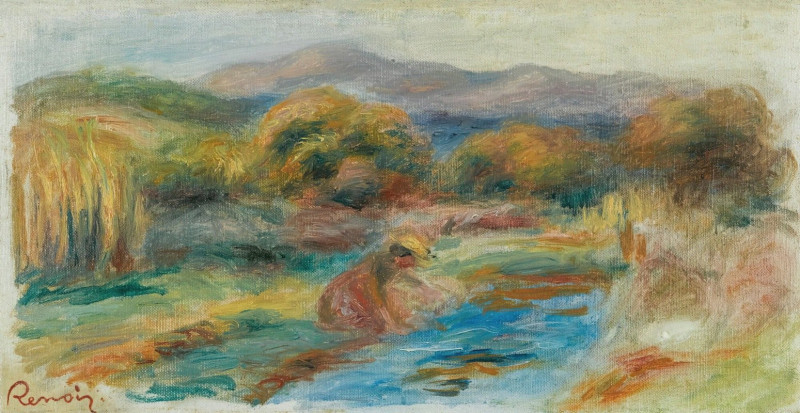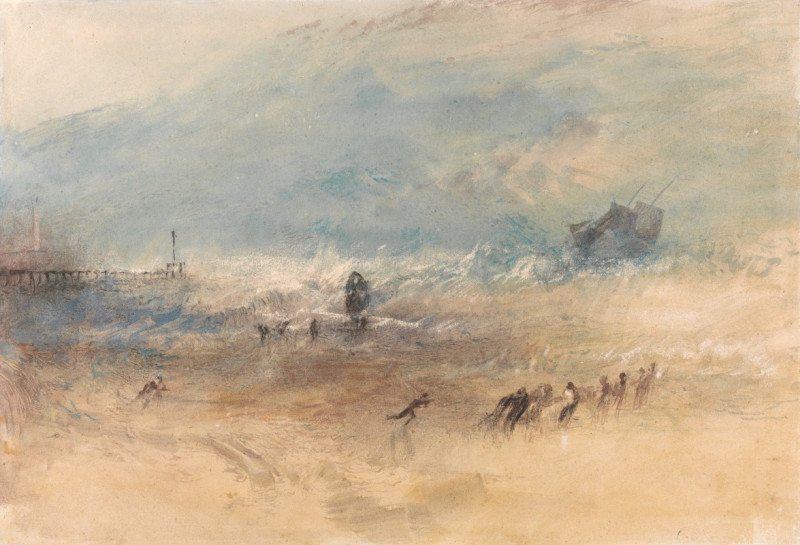Maskenball (1911)
Technique: Giclée quality print
Recommended by our customers
More about this artwork
"Maskenball" (1911) by Ernst Ludwig Kirchner is a striking example of the artist’s bold and expressive style, and it vividly captures the essence of a lively masquerade ball. The painting depicts an array of figures in various states of repose and movement, each adorned with masks that add a sense of mystery and revelry. The central focus of the piece appears to be a group by a table, where a seated woman tilts playfully in her chair, surrounded by others engaged in a festive gathering.The use of stark black lines against a plain background not only emphasizes the energy and spontaneity of the scene but also allows the viewer to focus on the expressive body language and facial features of the figures. Kirchner's work here incorporates elements typical of the Die Brücke movement—sharp contours and a dynamic interplay of figures convey the emotional intensity and the vibrancy of urban life.The artwork's monochromatic scheme pares down detail, leaving the viewer to engage with the raw emotional and social interactions depicted. This minimalist technique is a testament to Kirchner's ability to imply depth and narrative using simple yet powerful gestural strokes.Perfectly representative of Kirchner's avant-garde approach, "Maskenball" reveals the complexities of human connection and the spirited life within society's festive undercurrents.
Delivery
Returns
Ernst Ludwig Kirchner (1880–1938) was one of the most important German Expressionist painters. He was a co-founder of Die Brücke, a group of German expressionist artists formed in Dresden in 1905. Die Brücke and Kirchner took inspiration from Vincent Van Gogh and Edvard Munch, as well as African and Oceanic art. They used woodblock printing as a medium to showcase their signature style: flat, unrealistic images with vivid colors. The recurring themes in Kirchner's artworks included exotic cultures, faraway landscapes, self-portraits, dancers and Berlin street life. His paintings and prints effectively portrayed non-European cultures despite the fact that he never traveled outside of Europe.
































